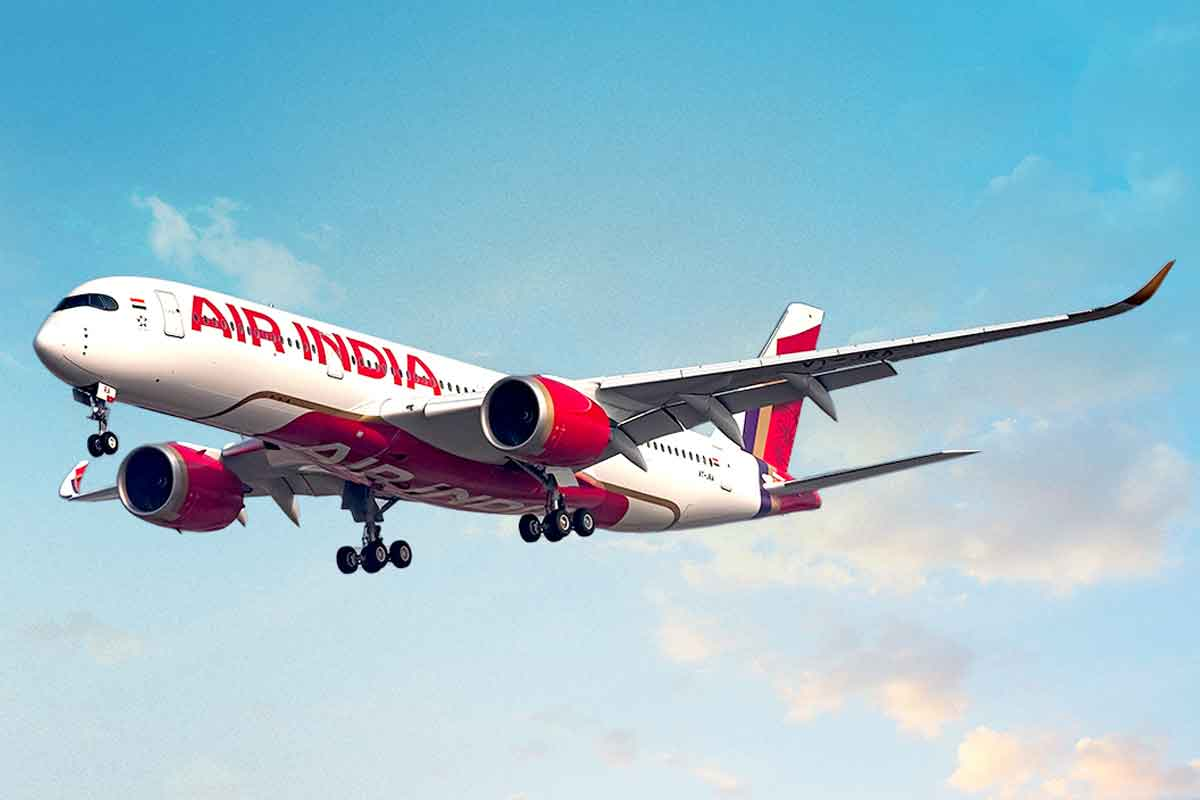The Future of Aviation: 787 vs A350
The aviation industry is one of constant change and evolution. First, all we focused on was sheer size- increasing the number of passengers an aircraft could hold, with some of the most iconic planes till date, including the Boeing 747, and Airbus A380. Now, times have changed, and manufactures are primarily focusing on efficiency and sustainability- the ultimate mantra of the 21st century. We're back to twin engine aircraft, and today, even narrow bodies such as the A321-XLR can perform long, transatlantic flights, despite its size. The smaller size of this aircraft has a plethora of advantages as well as disadvantages, covered in an earlier post (Click Here to View Post)
Now, the two largest manufacturers have their own answer to the changing times- the 787 by Boeing, and the A350 from Airbus.
Overview: B787 & A350:
Seating Capacity:
Size Comparison:
| Specification | Boeing 787-9 | Airbus A350-900 |
|---|---|---|
| Length | 62.8 m | 66.8 m |
| Wingspan | 60.1 m | 64.8 m |
| Height | 17.0 m | 17.1 m |
| Maximum Takeoff Weight (MTOW) | 254,011 kg | 280,000 kg |
| Typical Seating Capacity | 296 | 315 |
The A350 is larger in most dimensions, including length, wingspan, and MTOW.
The 787 is slightly smaller, making it better suited for airlines looking for a mid-sized, long-haul options.
Fuel Efficiency and Range:
- The 787-9 has a maximum range of 14,010 km while the A350 has a maximum range of 15,370 km.
- The fuel burn reduction against older aircraft for the 787-9 and A350-900 is ~20% and 25% respectively.
- The fuel capacity is higher by 15,000L in favour of the A350.
Safety Comparison:
- Both the 787 and the A350 have maintained an excellent safety record, with no fatalities on both aircraft.
- However, the 787 has faced a few battery issues which were resolved.
Market Prescence:
- Airbus has delivered 644 A350s and has another 719 on order, making a total of 1363 aircraft, according to the Airbus Website.
- Boeing has delivered 1003 787s (WikiPedia) and has ~600 more on order, making a total of ~1603 aircraft.
Production Time and Cost:
- A B787-9 takes ~18months and $292,000,000 to produce a single unit.
- An A350-900 takes ~24months and $317,000,000 to produce a single unit.
Passenger Comfort:
Both aircraft feature higher cabin humidity, larger windows, and quieter cabins.
The A350 has a wider cabin, allowing airlines to configure it with more spacious seats.
The 787 has larger windows, providing a better passenger experience in terms of natural light.
Conclusion:
The answer depends on an airline’s needs. The Boeing 787 is better for cost-conscious airlines operating mid-to-long-haul routes, while the Airbus A350 excels in ultra-long-haul travel and premium passenger experience. Both aircraft represent the future of aviation with their efficiency, advanced technology, and improved passenger experience. If you consider the A350's safety better, out of the above criteria, it wins by one point. However, if you consider it a tie, both aircraft are equal.




Comments
Post a Comment